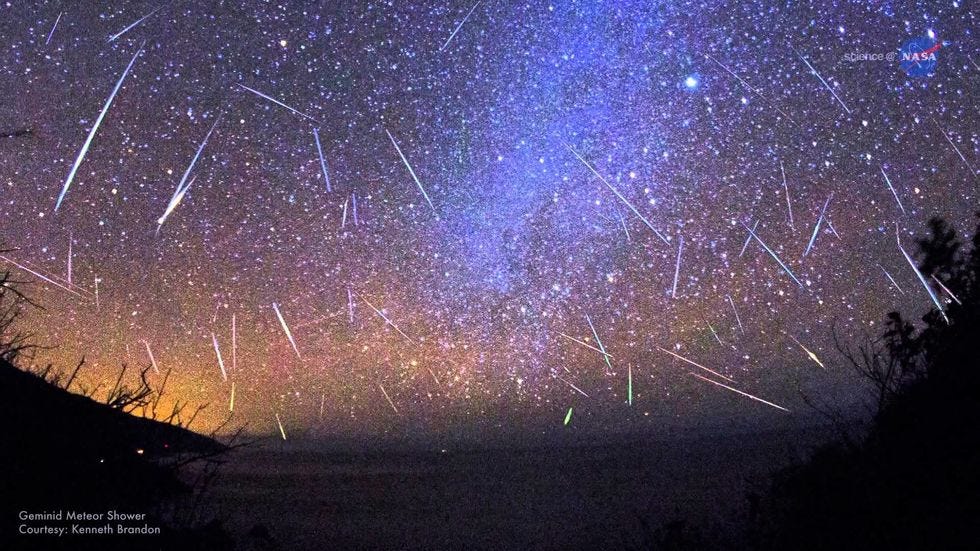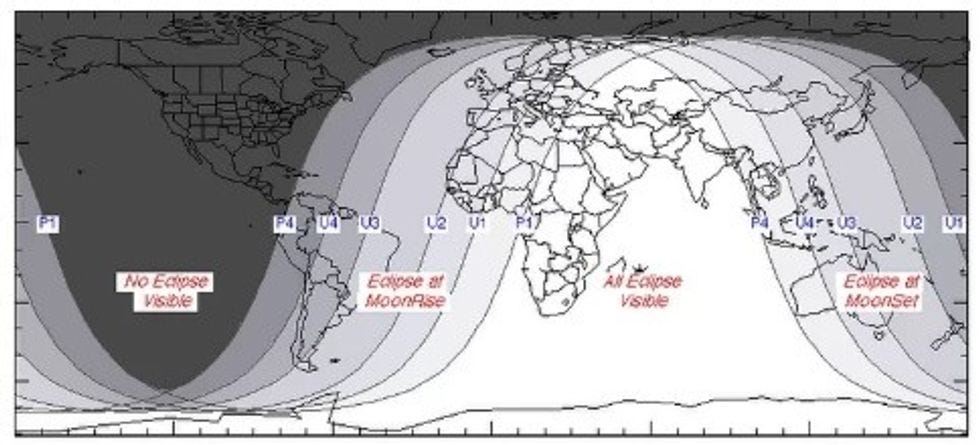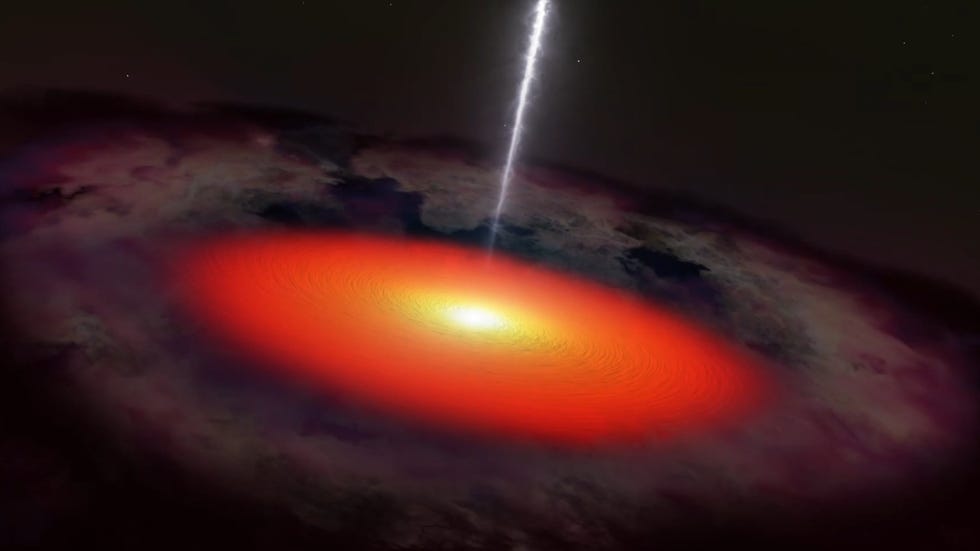The Sky IS Falling, You Know!
You fucking love science! And this is SPACE science!!
Trump is the outer shell of a Matryoshka with Putin and Nazis inside. He's ALLCAPS Tweeting to start a war with Iran. Everything is terrible all the time now …so let's not worry about such things. Why? Because it's your Carlos FeelGoodScience Time, pendejos! Here are some news bits you may have missed in all the screaming on the internet and tv.
Perseid Meteor Shower on August 11

NOT the Perseid but another meteor shower Kenneth Brandon
It's time again for the annual celestial bukkake party, although with much less of a need for Handi-Wipes. So, why do we get these pesky meteoroids every year lighting up the sky? Blame it on that buey, Swift-Tuttle the comet. Discovered when monocles were not just for bearded hipsters (1862), this cold ass bastard is the largest solar system object that comes by and waves hello. If it ever did hit us -- and there's a small chance in the year 4479 but global warming or Trump will have killed the human race by then -- it would be an extinction event. So, THAT'S not great! But on the plus side debris from its tail hits our atmosphere in a nice show once a year. That's the Perseid Meteor Shower, baybee! So, why isn't it called the "Swift-Tuttle" Meteor Shower? I'm glad you asked! It's because when you look up in the sky, they seem to be coming from the Perseus constellation. I really wanted to insert some Russian pee tape joke here, but I just couldn't make it work. Just imagine one and laugh while virtually high-fiving me.
Look up in the sky after 9: 30 p.m. for the best viewing. Bonus is that it's a new moon that night so should be darker than usual. Now, if you haven't seen a meteor shower before, moderate your expectations. You'll see about one every minute, not hundreds. Still, pretty cool if you're patient.
Blood Moon Brings the Apocalypse
Ha! You've been pranked by Señor Sagan! You won't get a chance to see the meteor shower on August 11 because the world ends on July 28. Bible thumpers like this guy (John Hagee)…

… believe that four blood moons in a row, or when they've happened within a set time, or some shit like that, starts the End of Times. He's been wrong before about it before, but I'm sure THIS will be the time. I mean, it's the Book of Joel, which I always thought prophesized the return of the Piano Man, but what do I know!
So, what's a "Blood Moon"? I'm glad you asked! It's just a reddish lunar eclipse. Looks pretty damn cool and this one will be the longest one of the 21st century, clocking in at almost two hours long. Here's the bad news. You can't see it in North America. If you want to check it out live, get your ass to Africa, the Middle East, southern Asia or the Indian Ocean region.

Neutrino Travels for 3.7 Billion Years at the Fucking Speed of Light, Only to Land on Disappointing Earth

It's kind of like that one Caribbean AirBnB we stayed at. We made the reservation nine months in advance, got all excited about spending a week there and then after several delayed flights and bad connections we finally get there and man did the pictures on the website not really line up with the reality. So, that's how the neutrino felt!
Seriously, though, this is cool nerd stuff. Neutrinos are high energy sub-atomic particles that we mostly detect here on Earth from nuclear reactions in the Sun. We also create them in particle accelerators, but the really cool ones are the ones from far off that are made in super novas or other crazy galactic events. NASA's Fermi Gamma-ray Space Telescope spotted this particular neutrino back in 2017 and is the first one detected on Earth from outside our galaxy. Man we're talking 3.7 billion light years away! A super-massive black hole in the Orion constellation belched some gamma rays and gave birth to our tiniest of illegal immigrants. I hear that ICE is already looking to put the little critter in a cage. Fortunately for us neutrino supporters, they don't really interact with normal matter so one of those cages won't hold our friend.
Why is this discovery important? I'm glad you asked! Let's listen to an expert, Regina Caputo of NASA's Goddard Space Flight Center, not a biochemist who is maybe related to Carl Sagan:
"The most extreme cosmic explosions produce gravitational waves, and the most extreme cosmic accelerators produce high-energy neutrinos and cosmic rays. Through Fermi, gamma rays are providing a bridge to each of these new cosmic signals."
We can learn about neutrinos in accelerators as well, but this one arrived on Earth (the Antartic ice to be specific) with 45 times the energy we can give them in those contraptions.
Here's a link to the scientific paper , so bring your thinking cap if you want to read it.
That's it for this week, cats and jammers! If we survive the Blood Moon, I'll see you next week!



The first extrasolar planets that were found were called Hot Jupiters. They were basically Jupiter-sized planets very close to the stars - their orbits were only a few days. They are thought to have formed farther out from the star and then moved inwards. When a star is young, it has a gas disk - interactions between the disk and the planet cause the planet to spiral inwards (it's kind of like a frictional interaction). The disk doesn't go all the way to the star, just close, so the planet doesn't get eaten up by the star. When the star gets older, the disk goes away.
Most of the first planets found were like this because they were the easiest to find: massive, short period planets were favored by the detection techniques. Since then we've discovered thousands of planets and solar systems similar to ours are much more common.
As far as the atmospheres part, atmospheres are complicated. It kind of makes sense that our atmosphere is like it is, but I wouldn't say it has to be like that.
Just a side note: the first extrasolar planet was discovered in 1995 - not that long ago. The field has progressed incredibly in that time. The Kepler mission, which sadly is likely to end any day now (out of fuel), found thousands of planets and TESS, which just launched, will find lots more.
No no!